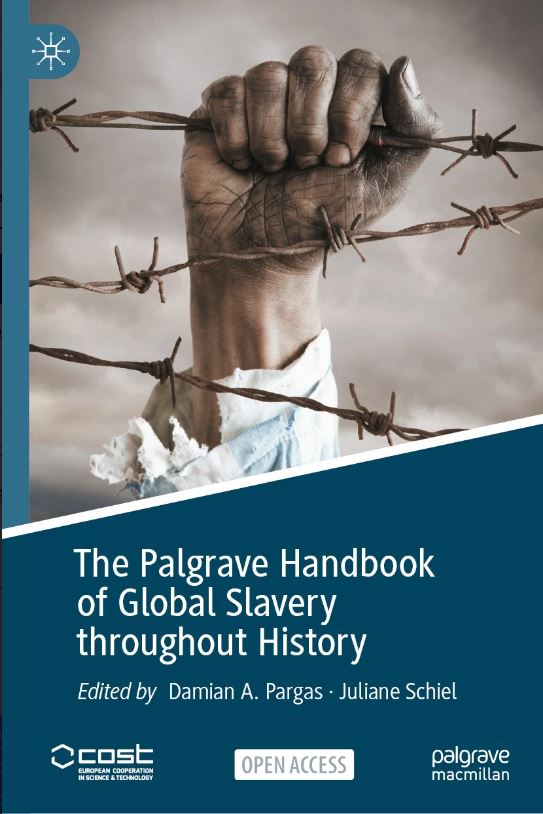Contribution by Claude Chevaleyre, Deputy Director of the Lyon Institute of East Asian Studies, in the book The Palgrave Handbook of Global Slavery throughout History , June 15, 2023.
 Claude Chevaleyre, 'Slavery in Late Ming China.'. In Pargas, D.A., Schiel, J. (eds), The Palgrave Handbook of Global Slavery throughout History , Palgrave Macmillan Cham, London. June 15, 2023. pp. 297–317.
Claude Chevaleyre, 'Slavery in Late Ming China.'. In Pargas, D.A., Schiel, J. (eds), The Palgrave Handbook of Global Slavery throughout History , Palgrave Macmillan Cham, London. June 15, 2023. pp. 297–317.
Slavery is not a commonly discussed topic in late imperial Chinese history—indeed, as much as late imperial China is not an area usually discussed in world and global slavery studies. The ubiquity of the “feudal” analytical framework in Chinese historiography and the image of the archetypal “slave” have resulted in the widespread idea that there was no slavery in (early-) modern China (and Eastern Asia). This chapter reevaluates this widely accepted preconception by shedding light on the overlooked and unique succession of “slave revolts” that erupted in China’s economic centers between the 1630s and the 1660s. The focus on this particular moment in Chinese history and on the sources produced in its aftermath serves as an entry point to understanding the life experiences of Chinese nubi, a category of enslaved people that persisted until its formal abolition in the last years of the imperial regime.






